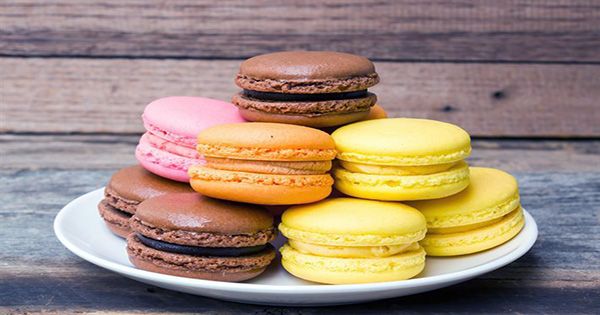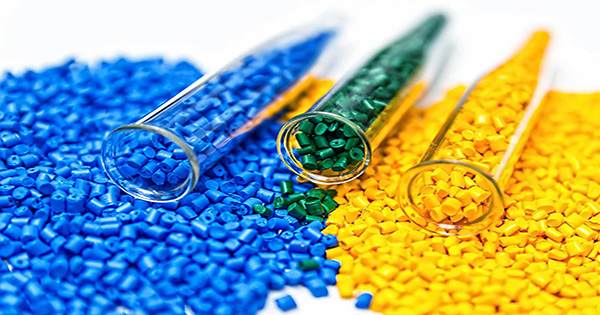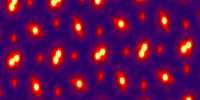Blue pigments are surprisingly tough to hold, not least because the color is exceptional in nature.
Now, chemists have discovered a cyan blue color that can use as an alternative to synthetic blue food coloring. The discovery by the University of California, Davis and food maker Mars Wrigley published this week in the journal Science Advances.
The color derived from red cabbage, a deep purple vegetable that used in many food additives. In particular, it painted from the anthocyanins of vegetables, water-soluble pigments found in various flowers and fruits, such as blueberries and anthocyanins, providing their deep red, purple or blue hues. However, only natural blue anthocyanins found red cabbage. Therefore, instead, the researchers created a way to convert other red cabbage anthocyanins into the desired blue anthocyanins using specially designed enzymes.

With the help of a powerful computer, they designed an enzyme through trillions and trillions of possible protein sequences that would achieve this conversion with high efficiency. The art for coloring blue food known as Bright Blue FCF (FD&C Blue No. 1) or E133. According to the study, the newly developed natural cyan blue color is able to produce “almost identical” to bright blue FCF and a much richer green color than many existing natural blue colors.
Even outside of the world of food coloring, finding new blues was surprisingly a problem for scientists. The two blue pigments that regularly used in traditional textured paints brought some big problems: Prussian blue release cyanide and cobalt blue toxic. Other blue pigments have environmental or sustainability issues. This is why chemists were so happy when they accidentally got YInMn Blue back in 2009, the first new blue pigment in 200 years.
As mentioned, the color blue is very rare in nature. Most of the colors that appear in blue are, in fact, red and purple. True blue found in only a few trees, but it thought that the only animal to produce true blue pigment is the obrina olivewing butterfly (Nessaea obrinus). Scientists believe it is so rare because of the physics of light. Pigments display the color of light that they reflect and do not absorb. Blue light has more energy than other lights in the visible spectrum. For any plant that acquires its energy through light, it would be foolish to reflect high-energy blue. However, as the color scheme of the new food looks like, you have a few tricks on your sleeve but it is possible to find a natural true blue.














